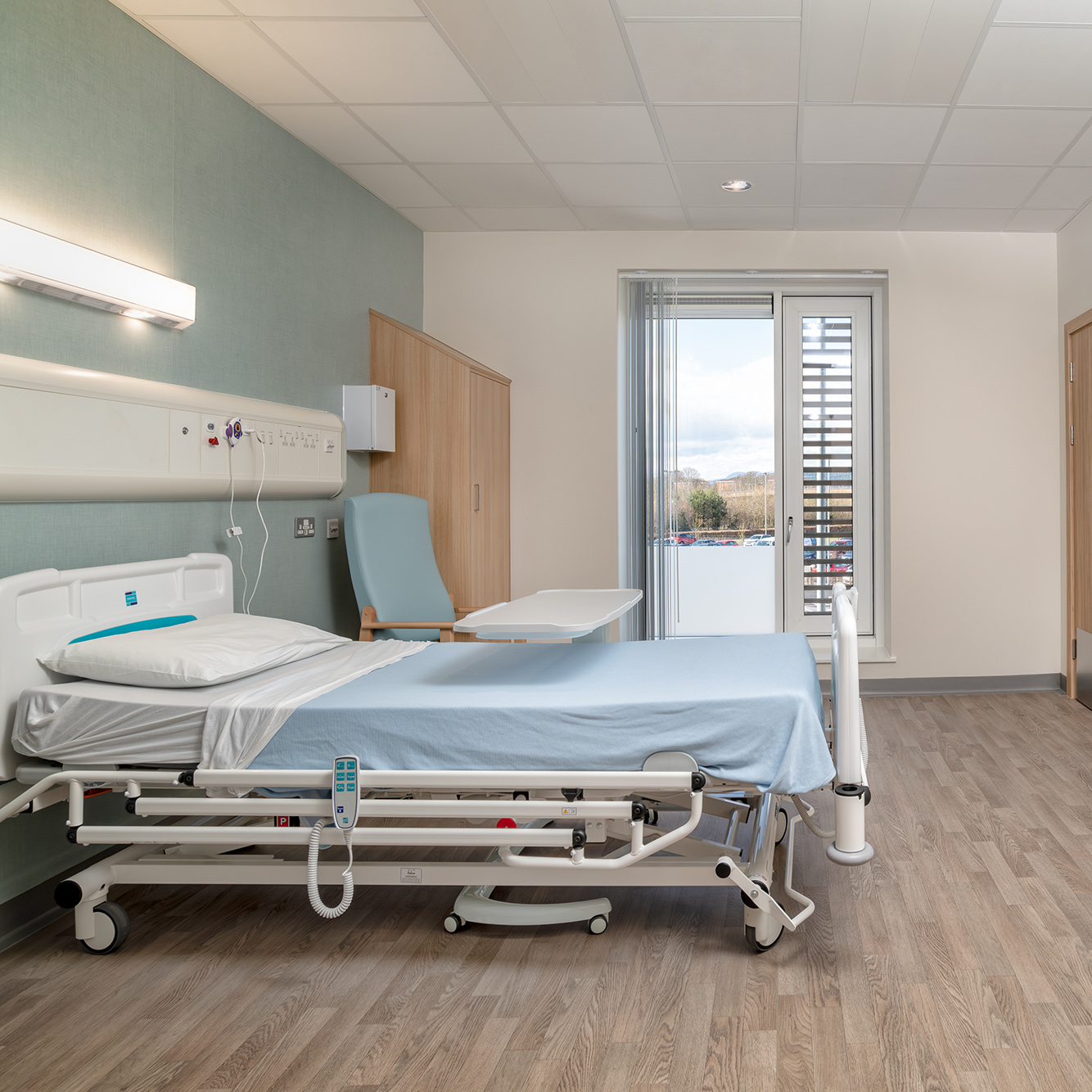No one says “let’s make cleaning the ward harder … but not enough people have said “Let’s change this to make it easier to clean.”
Every day, hospital staff are faced with a battle against infection. Healthcare environments need to constantly conform to a high standard of hygiene to ensure safe and successful patient outcomes. Yet the NHS pressures of cost-cutting and low resources have heavily impacted infection prevention and control. The implications of an infection outbreak in a hospital are immensely costly, not only in monetary terms but the cost of lives as a result of Healthcare Acquired Infections (HCAIs) is a concerning statistic.
Listening to the infection frontline is fundamental to our mission of creating safer places for safer people and we believe these experienced professionals should be a primary voice directly influencing healthcare innovation. We interviewed a senior staff nurse working for the NHS to listen to the challenges her and her colleagues face on a daily basis and discuss needed change.
“Ultimately, infection control is about people.”
“Go onto a ward and speak to the healthcare assistants, for example, and they will give you their opinions on the pitfalls and failures of current infection controls. They’re usually right, of course, which is why I wonder who on earth decided that onscreen training was sufficient for these vital people.
There’s a similar issue with domestic staff. Cost-cutting means that contract staff can be employed who may not necessarily have the same commitment or knowledge that NHS-employed domestic staff would have.
Even highly-trained nurses can be overwhelmed with their patient load and simply miss out an essential hygiene step. The same is true of overworked doctors, especially near the end of a long, exhausting shift.”
So the details make the difference; the cumulative effects of missing one small but crucial hygiene step can escalate fast. But it is a high demand of critical staff who are up against the clock working long, strenuous shifts to meet their patient load. So this poses the question: how can infection control experts support the busiest acute care environments to relieve the pressure on doctors and senior nurses?
“…it seems to me that the most important thing infection control experts can do (whether they’re doctors, administrators, hospital designers or equipment makers) is to write rules, introduce protocols, build spaces and install equipment that won’t make things worse.
And, if possible, that will make infection control easier to achieve for the hard-working but fallible human beings who hold people’s lives in their hands every day.
Which brings me to one of my regular complaints – and I’m sorry if this offends your sensibilities, but have you ever been in a sluice room and watched the splashback from a bedpan when it’s being emptied into the disposal unit? Or the splashing and spraying that occurs as a commode is wheeled back into the sluice room? Wholesale redesigns are required for these places and these processes as soon as possible.”
Stepping back from the infection frontline to the design of healthcare spaces is where action is needed to affect notable change. Anticipating and identifying sites of potential infection transmission and designing-out these areas would eliminate these risks from the outset. In many cases, presently, design features prove to hinder rather than help the hygiene effort…
“Other design issues include the use of sharp and shallow corners on hospital furniture. These often can’t be cleaned properly. Some furniture seems to have been designed with as many nooks and crannies as possible, making cleaning difficult – joints in worktops where the sealant goes black, or where there’s a gap or a crack between the worktop and the wall.
Of course, no-one ever said “Let’s make cleaning the ward harder.” But you only have to walk around to see that the converse is also true. Not enough people have said “Let’s change this to make it easier to clean.”
So what’s the solution? It’s really simple:
Consult the people who work on the infection front line before you do anything.
It’s the highly-trained staff, nurses and doctors alike, that face the pressures of infection prevention and control every day. So what better voice to inform the future of innovation in healthcare FF&E design than true frontline experience? Beyond simply testing a new design, we should be consulting these healthcare professionals from the start to meet the need directly. The ultimate result being a safer space optimised for an elevated standard of hygiene, alleviating pressure on domestic staff and ultimately preserving life.
“If you haven’t asked a nurse, a doctor, a healthcare assistant or a member of the domestic staff how your product should work, or be shaped, or if your process is sensible, or if it’s even possible, in the real world, to actually follow the rules you’ve written, then please do so now.
Hospitals will be safer. Healthcare Acquired Infections will diminish. Patients will be discharged sooner. And more people will live.”
Discover how we work to fight infection in hospitals.
Anticipate, Prevent, Destroy. Find out more about our 3-step infection prevention strategy for acute care here.



